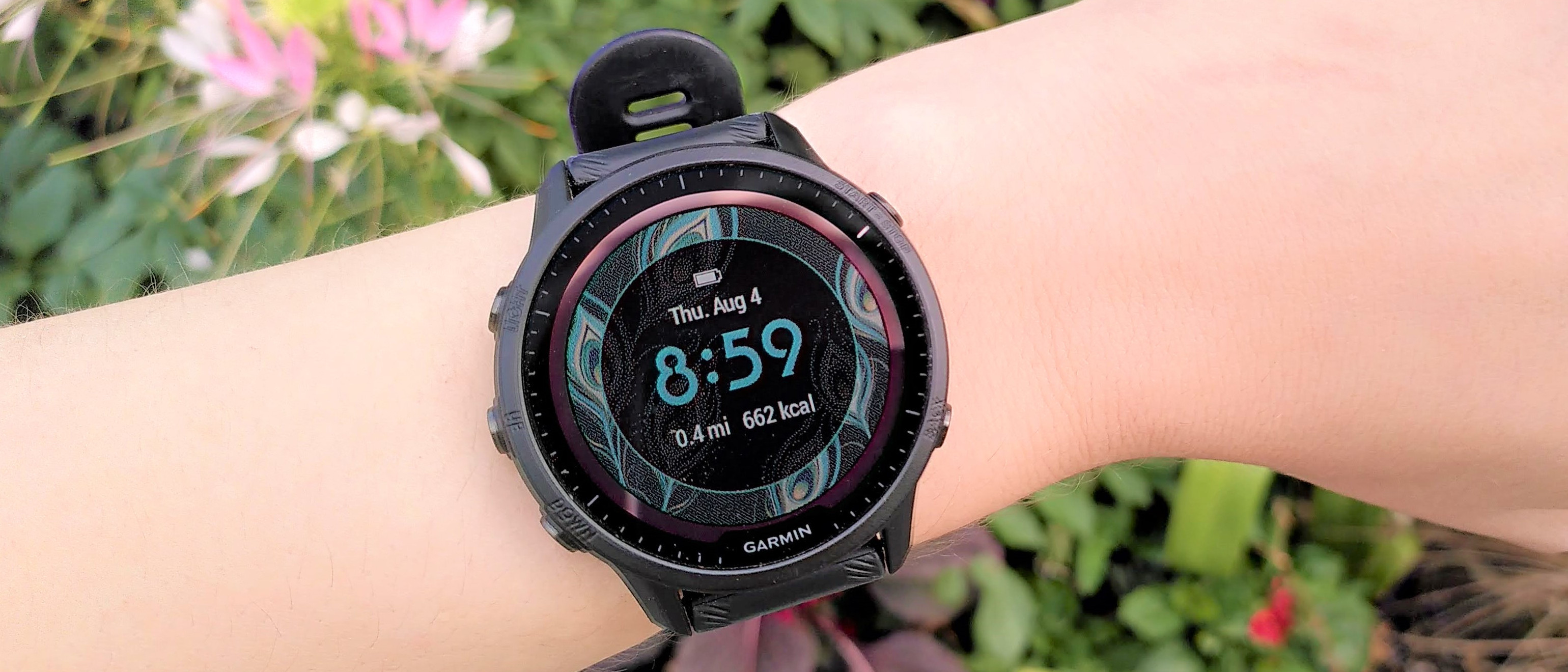Advnture Verdict
The Garmin Forerunner 955 is a top-tier sports watch in a modest and unassuming case. It might not look flashy, but it offers the best GPS tracking of any watch we've tested to date, and exceptional training and recovery tools – all thoughtfully designed so they're as easy as possible to use and understand. It's a shame that there hasn't been a significant boost in battery life since the Forerunner 945, but two weeks in smartwatch mode or 20 hours with full multi-band GPS is still very respectable and you can boost it further by opting for the new solar model.
Pros
- +
Extremely tough design
- +
Super accurate GPS
- +
Excellent recovery tools
Cons
- -
Shorter battery life than expected
- -
Undeniably expensive
You can trust Advnture
Garmin Forerunner 955 first impressions
The Garmin Forerunner 955 is a top-tier multi-sports watch that's solidly built and packed with the best location-tracking tech and biometric sensors Garmin currently has to offer. If you want the latest and best GPS watch, and aren't so interested in flashy metal bezels or sapphire glass, this is the one for you.
Like its predecessor, its case is made from fiber-reinforced polymer with a soft silicone strap, but this time it comes in a choice of black or white. The watch only comes in one size, though it's not huge and doesn't overwhelm smaller wrists. The case measures 46.5mm in diameter, and is 14.4mm thick. The Forerunner 945 was slightly broader but thinner at 47mm diameter and 13.7mm thick.
• List price: $499.99 / £479.99 (standard), $599.99 / £549.99 (solar)
• Case size: 46.5mm x 14.4mm
• Weight: 52g (standard), 53g (solar)
• Display type: Memory-in-pixel
• Water rating: 5ATM
• Best use: Running, cycling, swimming, water sports, winter sports,
I can say from experience that the resin case is much tougher than you might expect; I caught the watch on a wall and thought I must have badly scuffed it, but after brushing it off I discovered that it was absolutely fine. What I'd taken for scratches were actually streaks of brick dust where the wall had come off worse.
This is topped off with a Corning Gorilla Glass lens, which sits on top of a color memory-in-pixel display. This isn't as striking as the AMOLED displays of the Garmin Venu 2 and Epix (Gen 2), but uses less battery power, making it a reasonably compromise for a Garmin watch that's functional rather than flashy. The blue LED backlight can make some colors look a tad muddy, so I preferred using a watch face with green/blue hues.
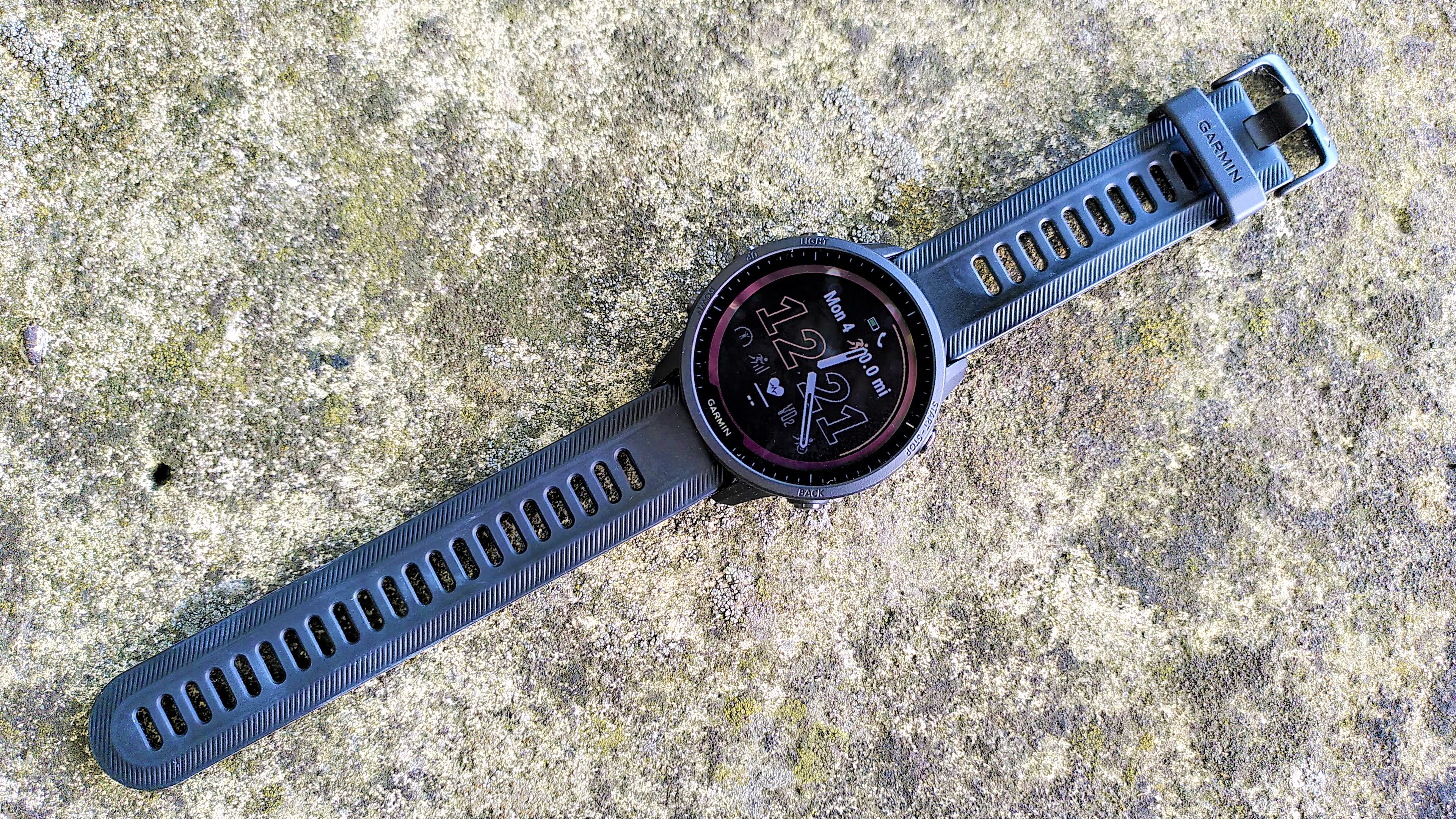
The biggest physical change to the watch is the addition of a touchscreen, which can be used to scroll through menus and pan across maps, but long-term Garmin fans will be pleased to know that the Forerunner 955 maintains the company's traditional five-button interface.
Unlike the Forerunner 945 before it, the 955 is also available in a solar edition, which I tested here; look closely at the photos here and you can see the ring of photosensitive material around the edge of the face. This gives battery life a real boost provided you can give it a regular dose of sunlight – more on that shortly. The solar cell adds 1g to the weight, which you won't notice, but $100 to the price, which you will, so it's worth weighing up the two options carefully before deciding.
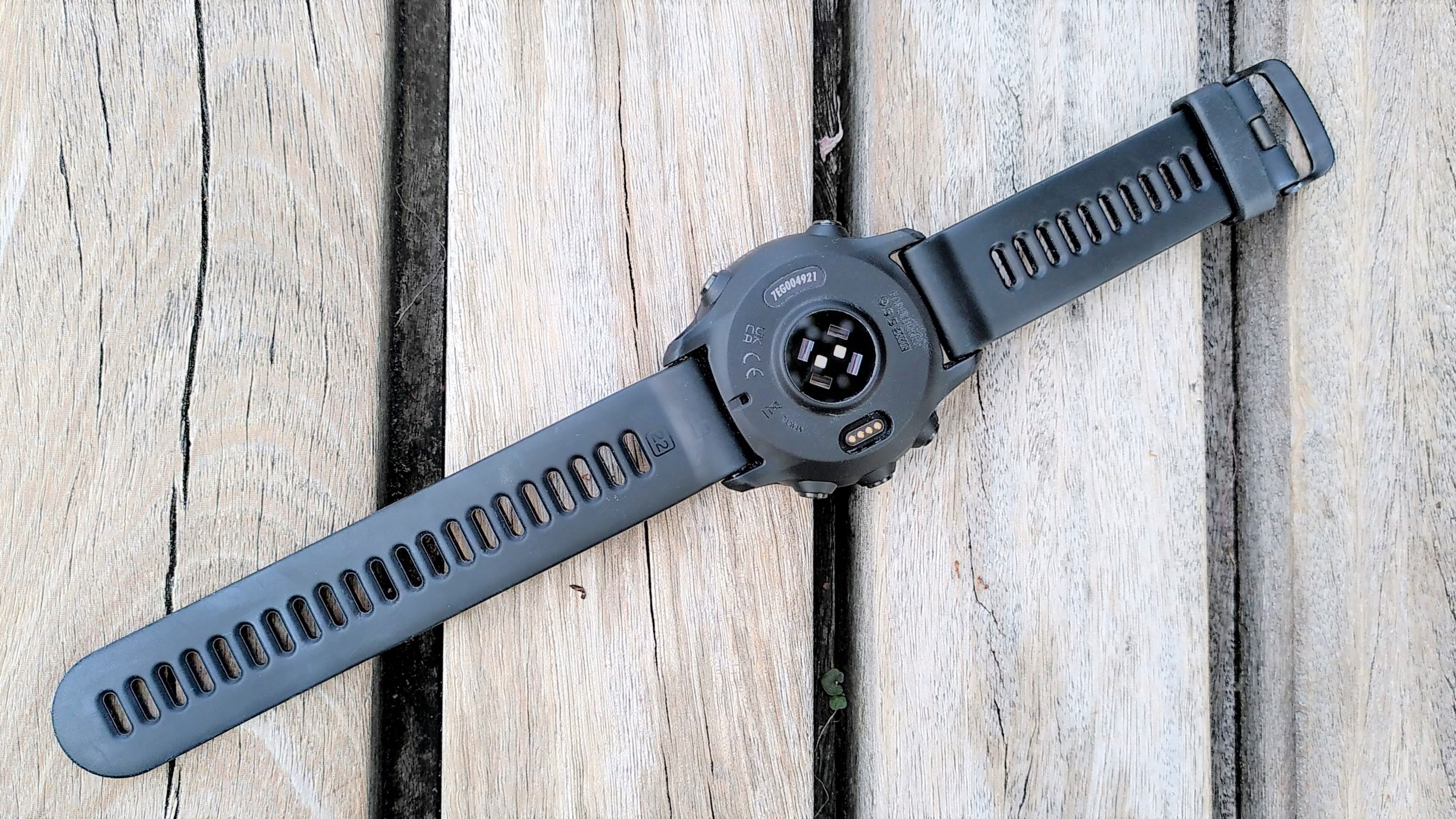
At the time of writing there's no LTE edition of the Forerunner 955, but there's a chance that might change in the future. The Forerunner 945 LTE launched months after the standard version of the watch, so it's possible that a 955 LTE (which would allow you to use mobile services without a Bluetooth connection to your phone) may arrive in 2023.
The Forerunner 955 offers multi-band GPS for more accurate location tracking. This uses more power than standard GPS, but unless you're embarking on an all-day event then personally I believe it's worth it.
Some of the other big updates come in the form of new software features, including a heart rate variability (HRV) widget, that helps you see how your body is responding to life's stresses and strains.
Many of these tools have already rolled out to other Garmin devices, such as the Fenix 7 and Forerunner 945 LTE, though there are currently no plans to introduce them to most previous-gen watches, including the standard edition 945.
Garmin Forerunner 955 on the road
The Forerunner 955 feels light and comfortable to wear; noticeably slimmer than the slick Fenix 7, albeit not quite so stylish thanks to its all-resin build. Despite being a top-end sports watch it's unobtrusive.
There's a truly impressive range of activity tracking modes, and unlike some sports watches (I'm looking at you Amazfit) these all furnish you with a full set of relevant stats rather than just tracking time and heart rate. If you're enjoying some stand-up paddleboarding, for example, the watch will track your route, stroke rate, and average stroke distance. If you're skiing, it can automatically track new runs based on your movement.
The watch's new GPS module is the best of any watch we've tested to date. It establishes a lock extremely quickly, even in built-up areas where many devices tend to struggle, and my pre-measured 10km route was tracked to within a couple of meters; particularly impressive since it's a course that passes through two long tunnels.
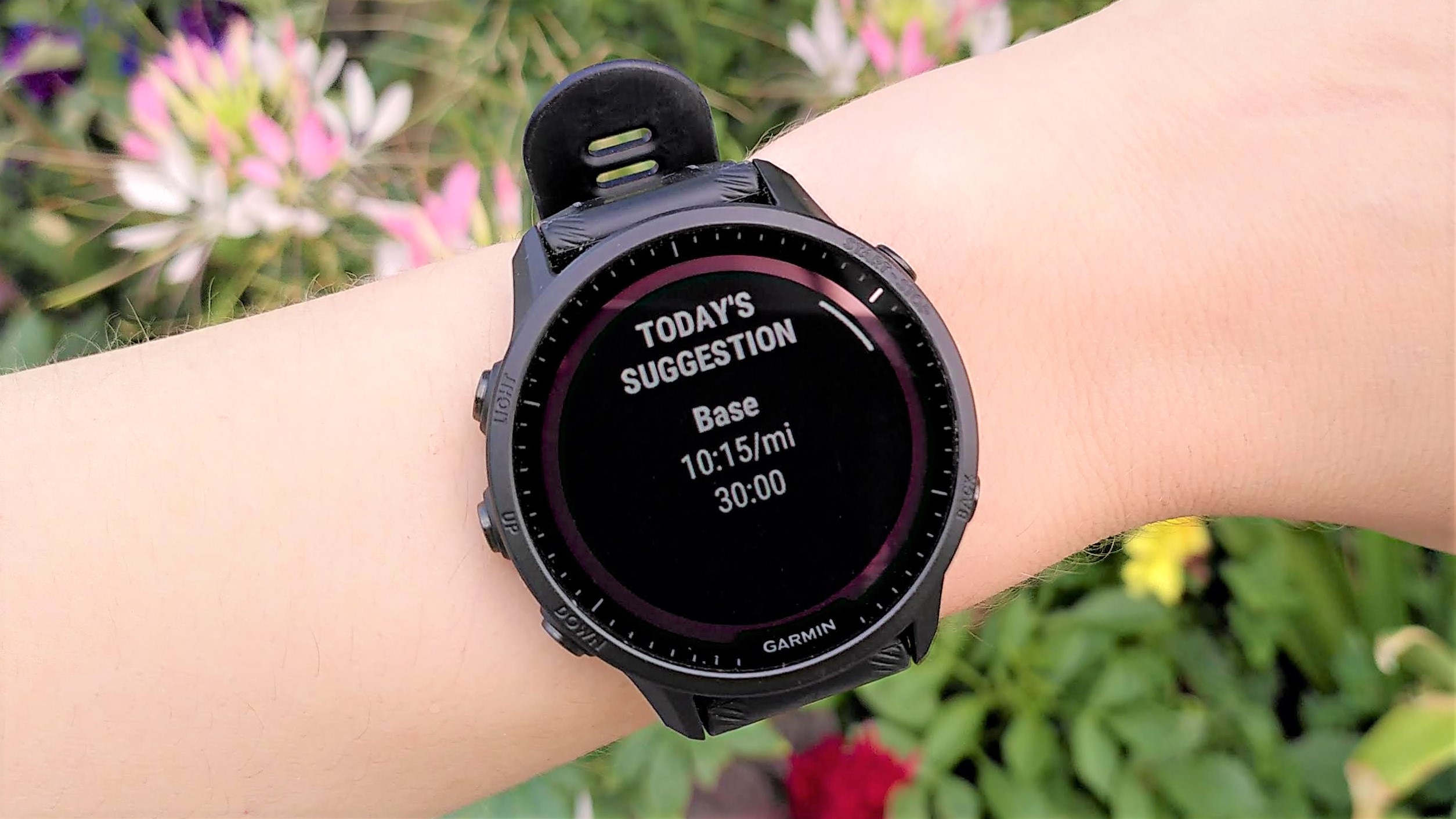
The biggest surprise for me was battery life. In smartwatch mode the standard Forerunner 955 runs for up to 15 days, which is just one day longer than the Forerunner 945. I would have expected a bigger improvement than that in the three years since the 945 hit the shelves.
It's understandable that multi-band GPS uses more power than standard location tracking, but I'm surprised that battery life isn't better when this isn't in use. The standard Garmin Fenix 7 offers 18 days of use in smartwatch mode, and I would have expected the 955 to match that.
Opting for the 955 Solar extends battery life in smartwatch mode to up to 20 days, and increases all systems GNSS mode plus multi-band without music (my preferred mode for workout tracking) from 20 hours to 22. It's not an enormous difference, and you'll have to think carefully when deciding whether it's worth the additional $100, but it does come in useful towards the end of an outdoor activity when you're close to running out of juice.
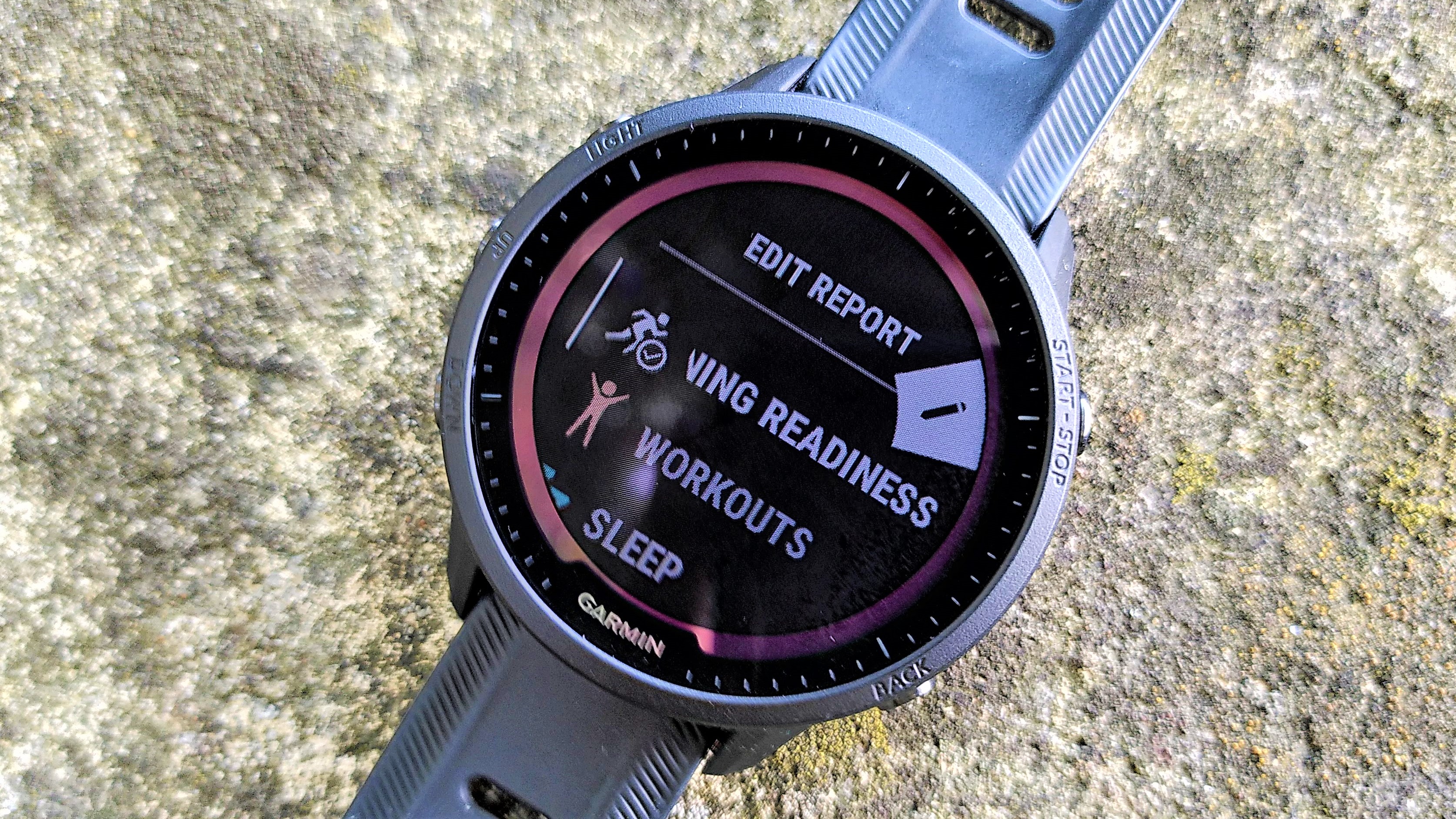
When it comes to sleep and recovery, although the Forerunner 955 can't track naps (hopefully that's a feature we'll see rolled out to all Garmin watches at some point), it still offers an impressive set of tools to help you understand how well you've rested, and how well you're prepared to tackle the day ahead.
The HRV widget is a particularly interesting tool. Unlike a metronome, your heartbeat isn't entirely regular, with different periods of time between each beat, and this difference is known as heart rate variability (HRV). During times of rest, your parasympathetic nervous system causes your heart rate to decrease, and during times of stress (which includes exercise) your sympathetic nervous system causes your heart rate to rise. These two systems are what cause HRV, and higher HRV is generally a sign that your body is capable of responding well to different situations.
HRV is very individual, so your watch tracks your HRV overnight for three weeks to establish a baseline. Once that's done, each morning you'll be able to see how your nightly HRV compares to what's typical for you.
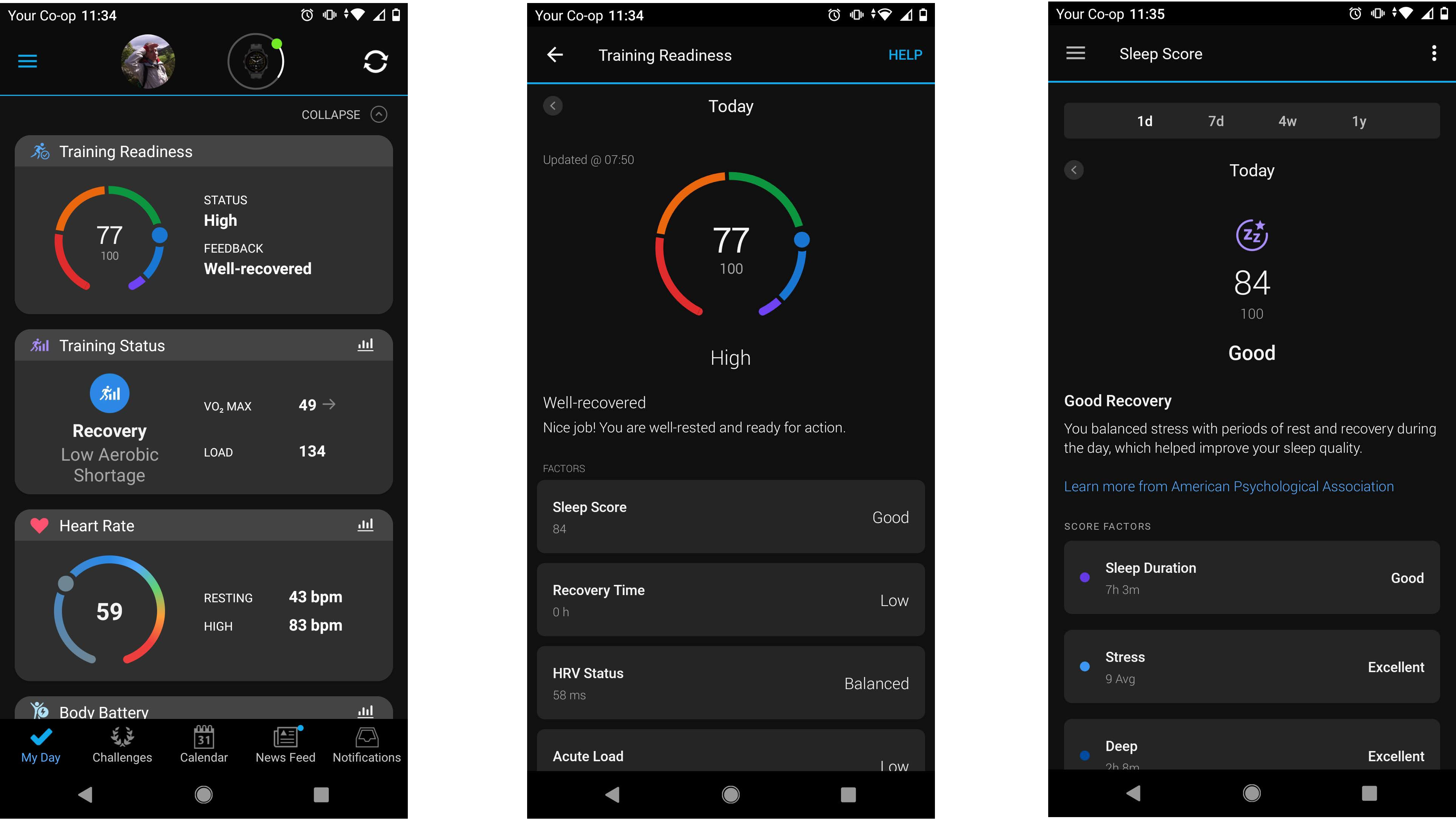
It's not as straightforward as Garmin's stress level tool, which tracks HRV in real time and detects peaks and troughs throughout the day (prompting you to try a breathing exercise if your stress is particularly high when you're not working out). The HRV widget is more useful for tracking trends over time, and complements the stress level tool rather than replacing it. Overall I'd say it's an interesting addition if you want to learn more about your body, but less practically useful than the stress level indicator.
Training readiness is another useful new tool, and doesn't just use your recent activity levels to work out how prepared you are for your daily workout. It also factors in HRV, sleep history, and stress to help you understand how well you can expect to handle a workout and how productive it's likely to be. In my tests it proved genuinely useful; when I started to get sick, my recorded stress level suddenly rose and my training readiness declined accordingly.
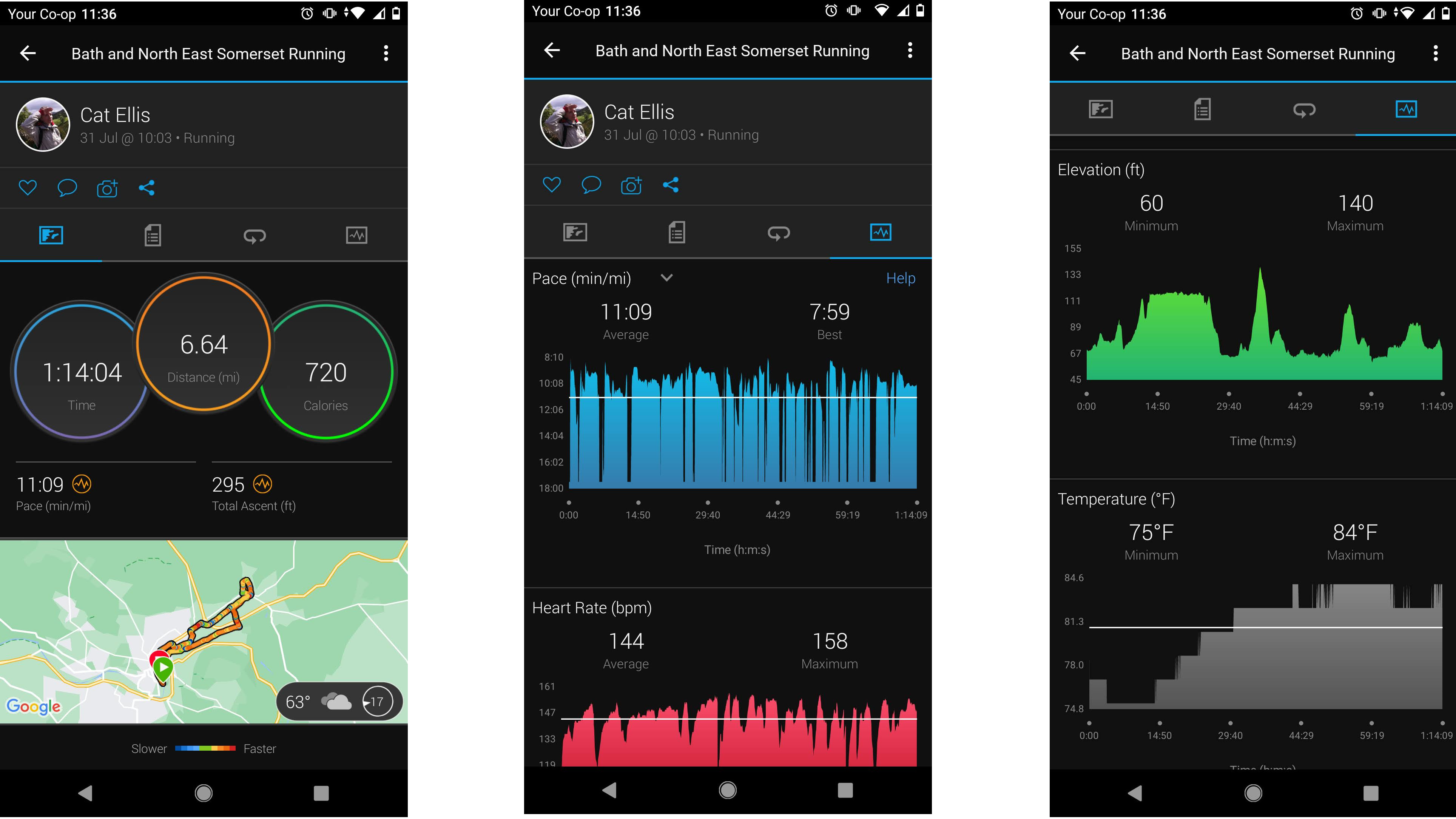
Overall, the Forerunner 955 is a superb watch if you enjoy a wide variety of sports and want the very best training tools around to help you take your training to the next level. Although battery life for the standard version isn't quite as long as I'd hoped for, it's still very respectable and the watch makes no compromises elsewhere.
It's undeniably expensive though, and if you're mostly a runner, cyclist, swimmer, or triathlete then it's well worth considering the Forerunner 255 as well. It lacks the touchscreen and some of the more advanced recovery metrics, but it's also excellent and far more affordable. It you're struggling to decide, our Garmin Forerunner 255 vs Garmin Forerunner 955 guide might help you make up your mind.
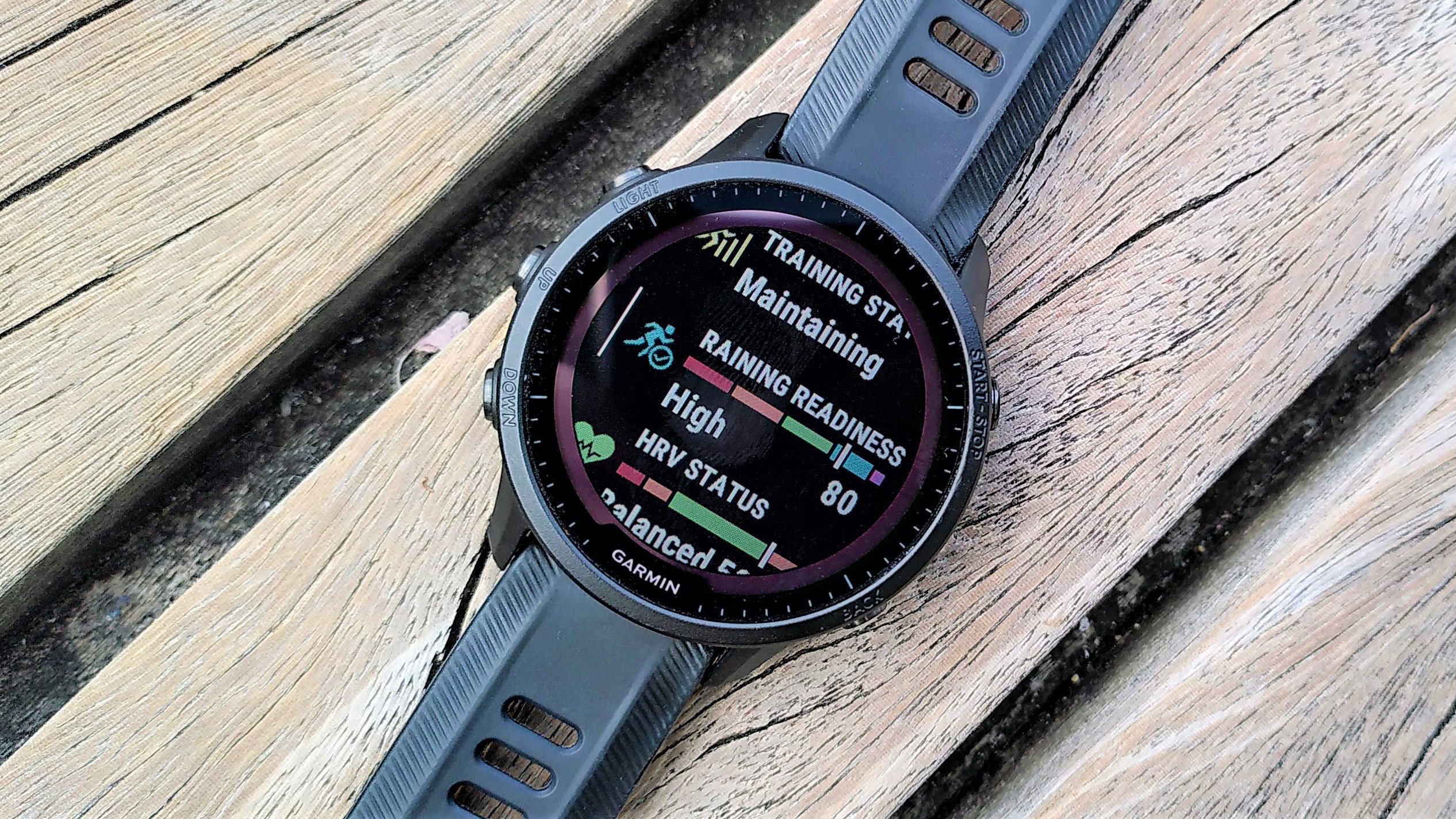
Garmin Forerunner 955 companion app
Like all Garmin watches, the Forerunner 955 syncs with the Garmin Connect mobile app, which is available free for iOS and Android. It's the most established and well developed app of its type, and if you're upgrading from a different Garmin device (or own several) then you'll find that all your data is pooled together seamlessly.
It may take a little while to get used to the way stats within the app are organized (particularly those under the Health and Training sections), but once you're used to it, the app is very easy to navigate. All your data is presented clearly with both figures and graphs, and the app gives you access to years of historic data with nothing hidden behind a paywall.
There's no charge for creating training plans using the app either, and these work particularly well when used in tandem with the Forerunner 955's new race day app, which helps you prepare for an event with a specific goal in mind.
Additional apps, data fields (which are visible during tracked activities), and faces can be downloaded through a second app called Garmin Connect IQ. Some of these are free, while others require you to visit a third-party site and make a payment to receive a PIN. It's a shame that Garmin doesn't yet have its own payment method set up for third-party apps; hopefully that will come at a future date.

Cat is Homes Editor at TechRadar and former editor of Advnture. She's been a journalist for 15 years, and cut her teeth on magazines before moving online. She helps readers choose the right tech for their home, get the best deals, and do more with their new devices.
